
Essential PPE in the Food Industry: What You Need to Know
Overwhelmed by PPE options for food safety? Master your PPE selection for food workers safety with these practical tips.

Get 20€ off on your first order!
When choosing the right workwear, the choice of coverall materials is often the first and most critical decision.
Cotton, polyester, and their blends each provide unique solutions to common workwear challenges like comfort, durability, and suitability for specific environments.
This guide promises to answer all your questions about these materials, helping you select the ideal option for your needs.
By the end of this article, you’ll not only understand the benefits of each material but also gain clarity on how to choose coveralls that enhance your productivity and safety.
And if you’re wondering about care, maintenance, or other related topics, we’ve got solutions for those too. Start here and take the guesswork out of selecting your next coveralls.
For a comprehensive overview, visit our main guide: How To Choose The Right Coveralls – A Buyer’s Guide.
Cotton is a popular choice for coveralls, prized for its breathability and softness. This natural fiber excels in light-duty work environments where comfort is a priority.
For further insights into cotton’s flame-resistant properties, check out this detailed comparison: Cotton vs. Polyester: Which is Better for FR Coveralls?.
Polyester is a synthetic fiber known for its durability and resistance to environmental elements. This material is ideal for demanding jobs that require long-lasting workwear.
For more about the characteristics of polyester in workwear, refer to this guide: Cotton-Polyester Blends Guide.
Blended fabrics combine the strengths of both cotton and polyester, resulting in versatile coveralls suitable for various tasks.
| Feature | Cotton | Polyester | Blends |
| Breathability | Excellent | Poor | Good |
| Durability | Moderate | High | High |
| Comfort | High | Moderate | High |
| Moisture Resistance | Low | High | Moderate |
| Cost | Higher | Lower | Moderate |

When selecting coveralls, consider the following factors:
Visit our Coveralls product page for a wide range of options tailored to your needs.
When choosing coveralls, it is important to ensure they meet European safety standards. Standards such as EN ISO 11612 specify performance requirements for protective clothing designed to guard against heat and flames.
Selecting materials certified under these standards boosts worker confidence and ensures reliable protection, enabling safer and more efficient workplace operations.
Learn more about EN Standards from this guide in Wikipedia.
For other workwear options, explore related categories:
Don’t miss these additional guides:
We hope this guide has helped you navigate the essential factors in choosing the best coverall material from the breathable comfort of cotton to the durability of polyester and the versatility of blends.
By understanding these options, you can make an informed decision that ensures workplace safety and comfort.
Explore our full range of coveralls, featuring trusted brands and tailored solutions for every work environment.
If you have questions or need personalized advice, our team is here to assist. And when you’re ready to maintain or upgrade your workwear, don’t forget to check out our guides on care and additional protective clothing.
– The Droppe Team
For cold weather, consider polyester or polyester blends. These materials provide excellent insulation and moisture resistance, keeping workers warm and dry in chilly conditions. Some blended options also include thermal linings for added warmth.
Polyester is not naturally flame-resistant, but treated polyester fabrics can meet flame-resistance standards. However, cotton-treated fabrics are often preferred for FR applications due to their natural performance and comfort.
Most coveralls have a label or tag detailing the material composition. This information is typically displayed as a percentage (e.g., 65% polyester, 35% cotton) and may include additional details like certifications or treatments applied to the fabric.
Yes, some blended fabrics and advanced synthetic materials are engineered to offer both waterproofing and breathability. These coveralls often feature specialized coatings or membranes, such as polyurethane or Gore-Tex, designed for challenging outdoor or wet environments.
For sustainable disposal, consider recycling programs that accept textiles or repurpose the fabric for other uses, such as rags or insulation material. Many manufacturers and retailers now offer take-back programs for used workwear to reduce environmental impact.
Thank you! You've signed up for our newsletter.


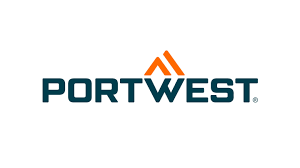

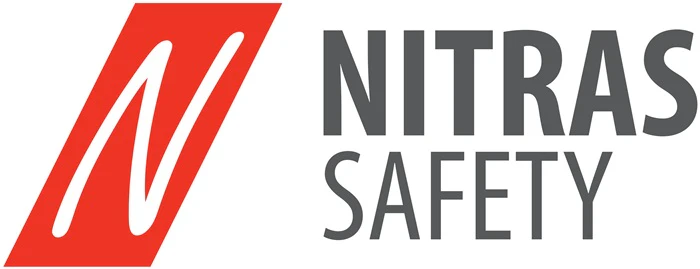





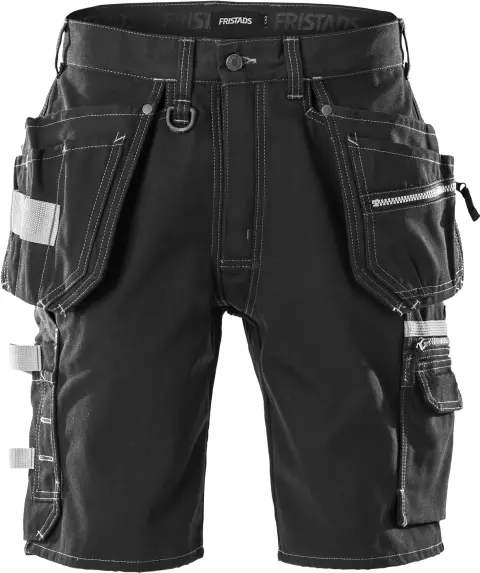
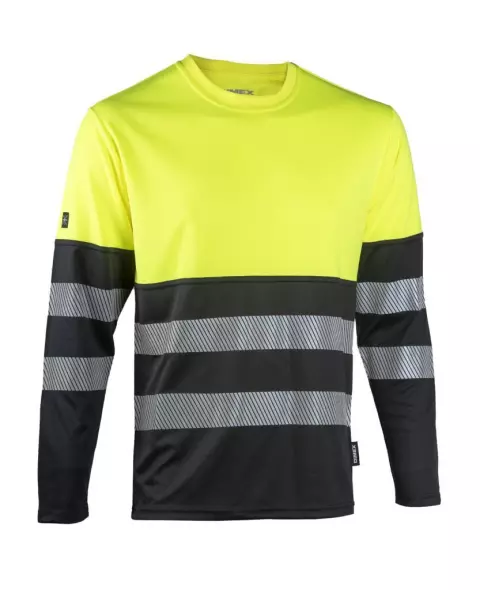
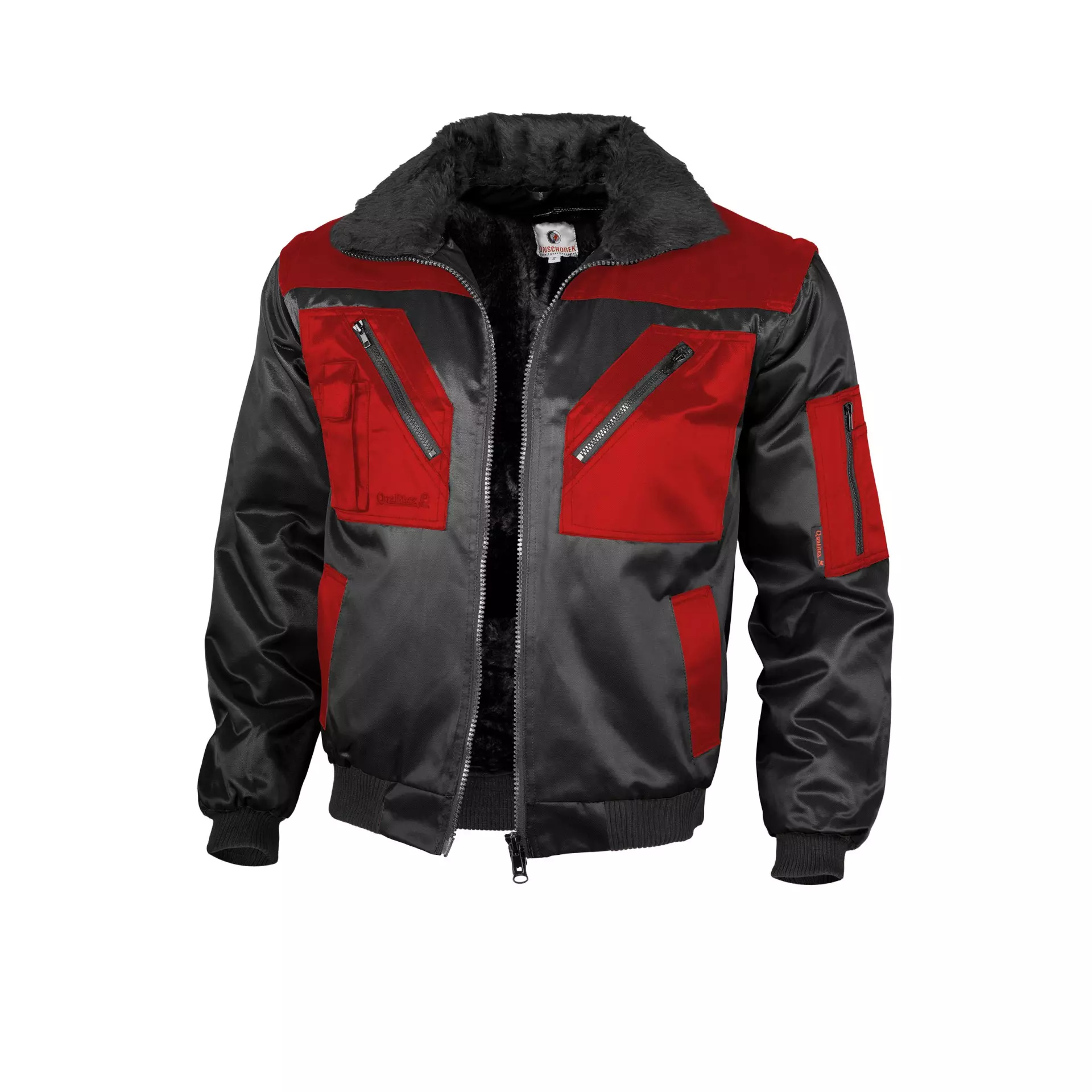
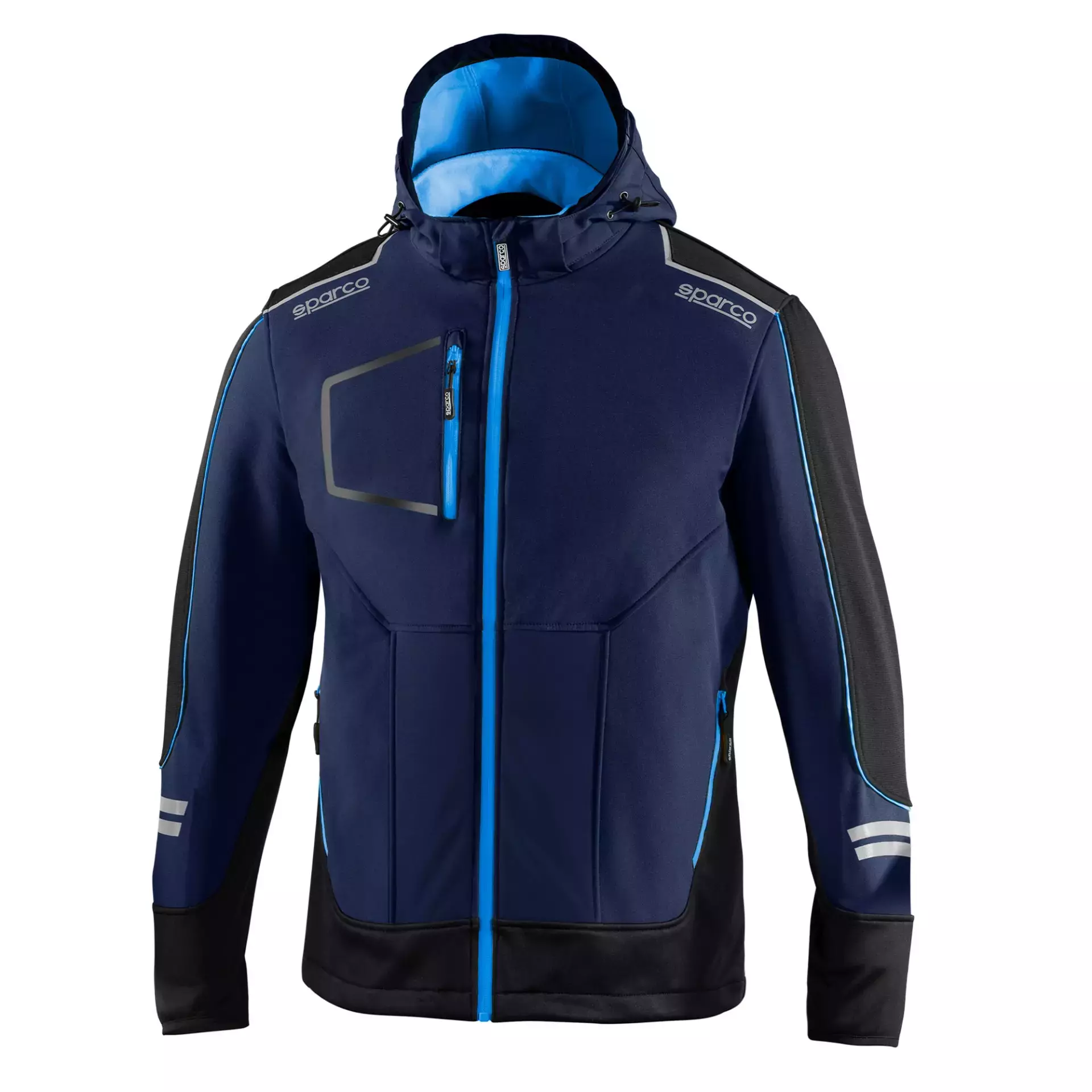





Overwhelmed by PPE options for food safety? Master your PPE selection for food workers safety with these practical tips.

Struggling to maintain clear vision in demanding environments? This guide is here to help. By the end, you’ll know exactly...

Electricians across Europe face unique challenges that require reliable safety glasses to ensure both protection and efficiency. Whether safeguarding against...

Overwhelmed by PPE options for food safety? Master your PPE selection for food workers safety with these practical tips.

Struggling to maintain clear vision in demanding environments? This guide is here to help. By the end, you’ll know exactly...

Electricians across Europe face unique challenges that require reliable safety glasses to ensure both protection and efficiency. Whether safeguarding against...
Get 20€ off on your first order!
Save 30% by buying directly from brands, and get an extra 10€ off orders over €100
Save 30% by buying directly form brands, and get an extra 10€ off orders over €100